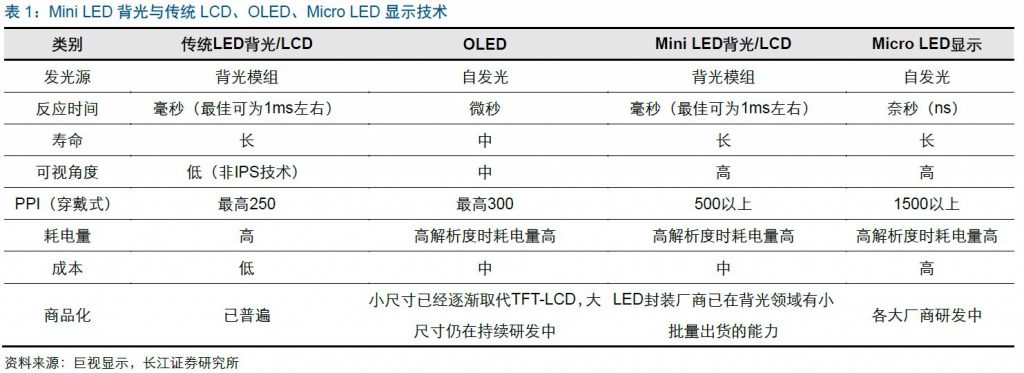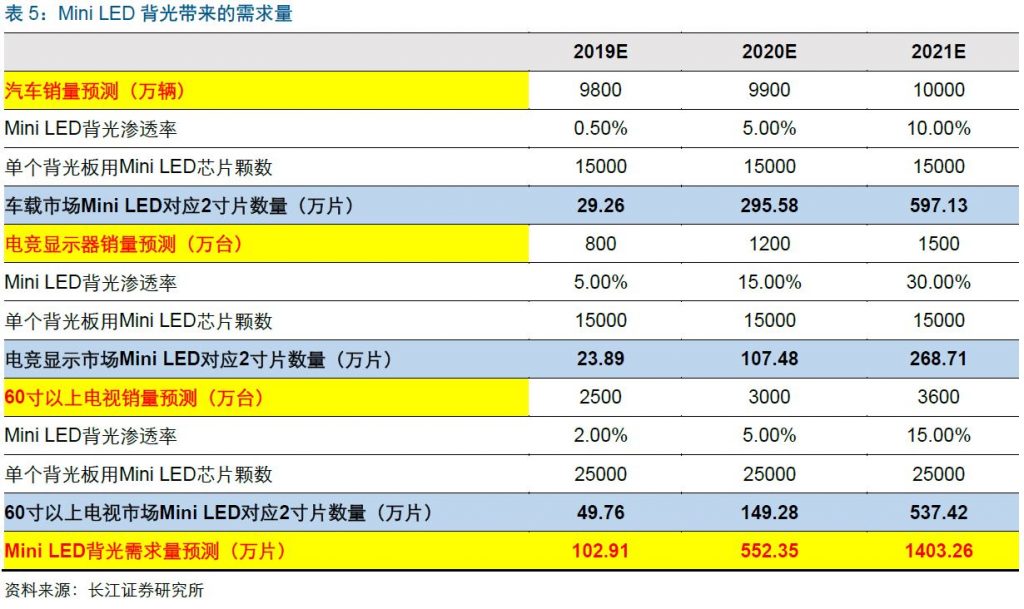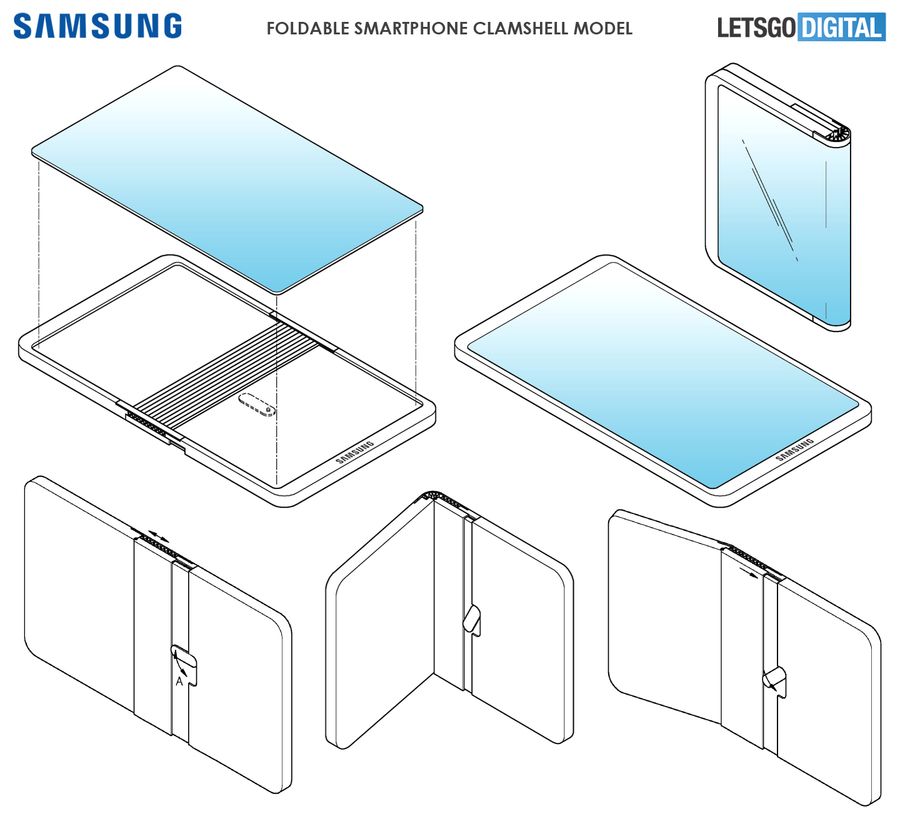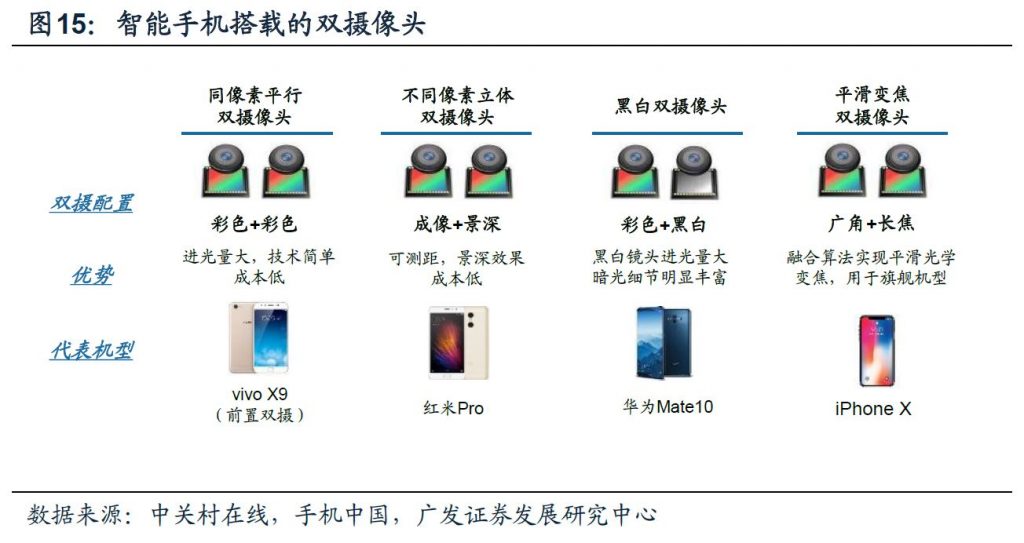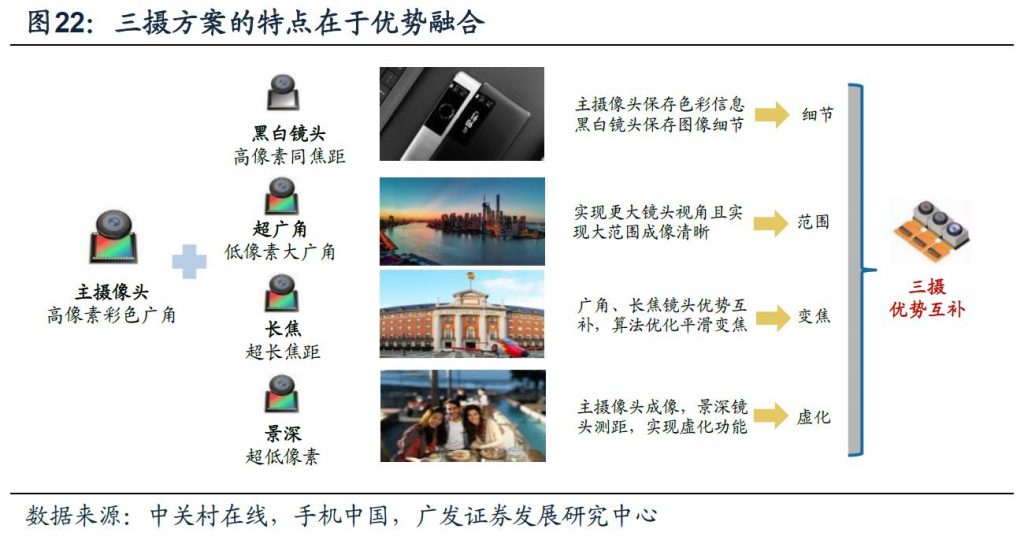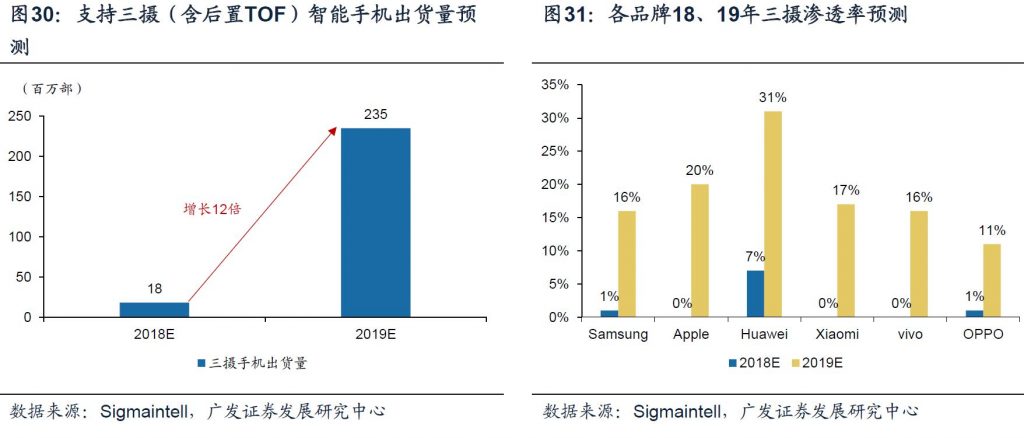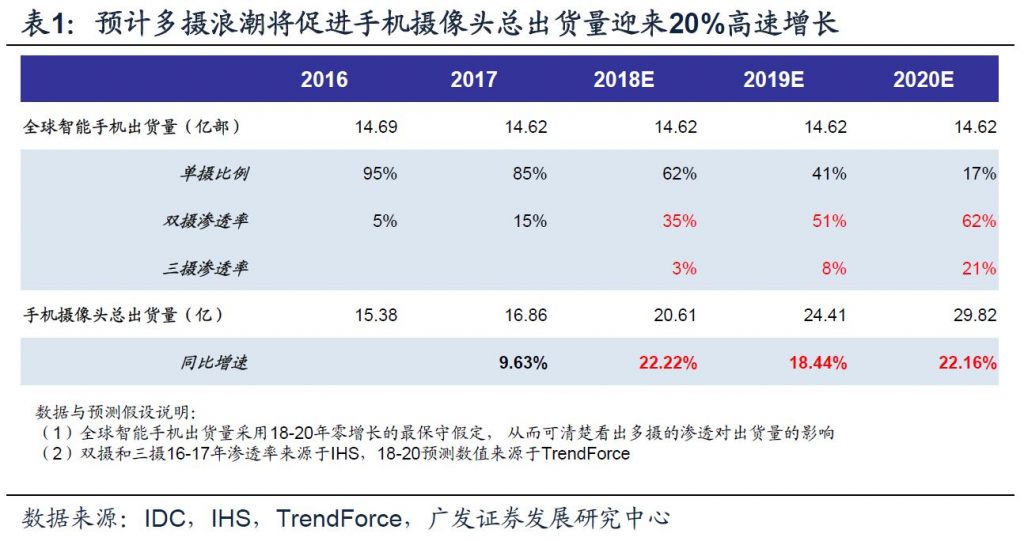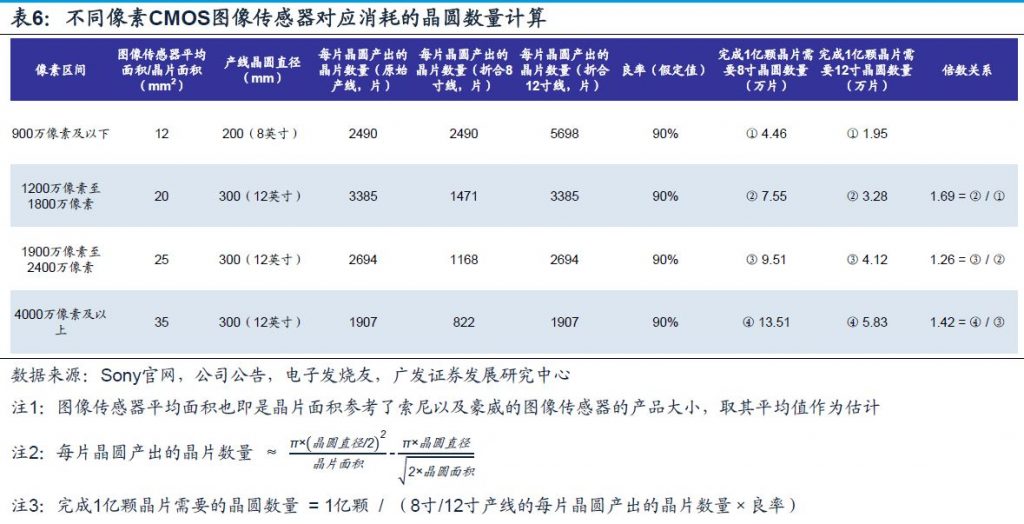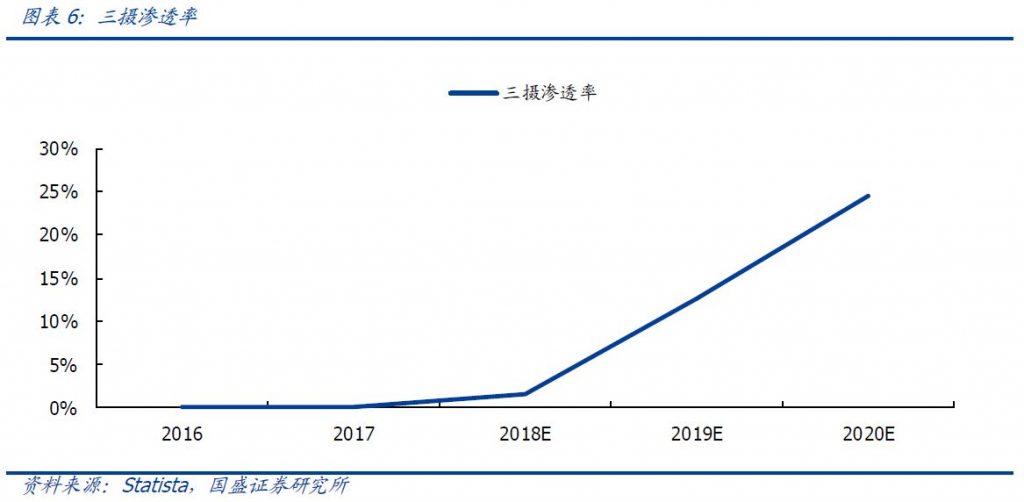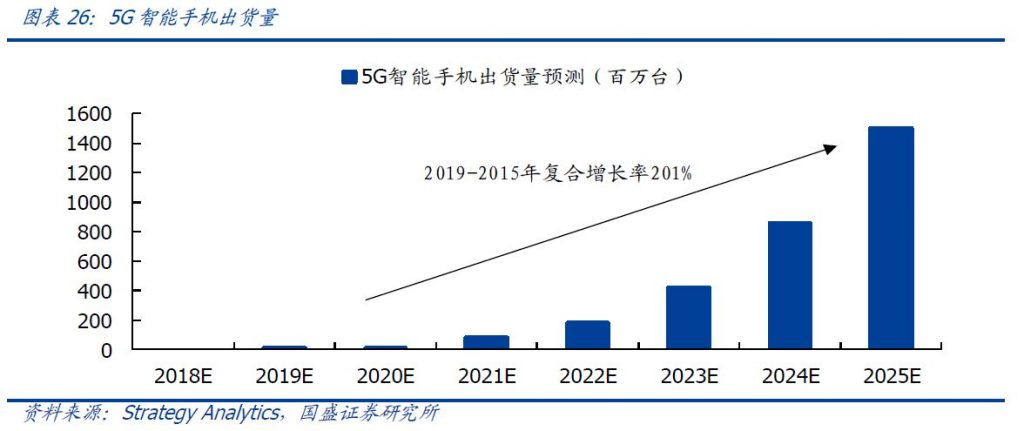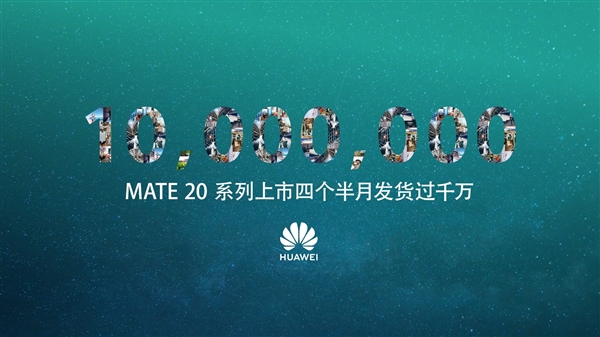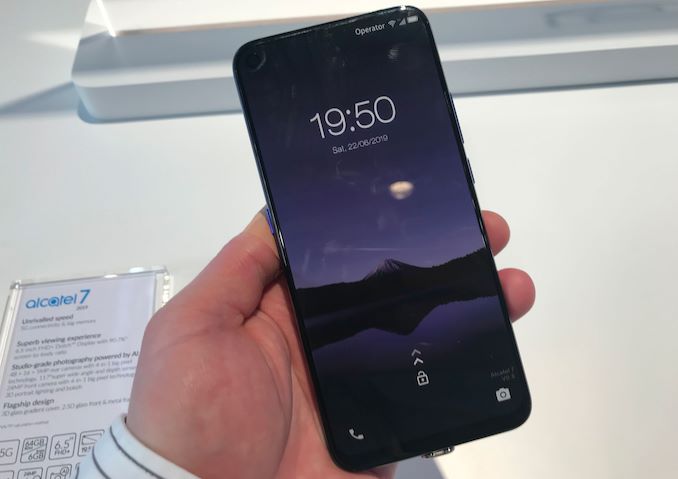
03-11: TCL is showing off Alcatel 7, their first high-end 5G smartphone; OPPO has announced a new sub-brand for smartphones — Reno; etc.
Chipsets
According to IC Insights, for 2019, a steep 24% drop in the memory market is forecast to pull the total semiconductor market down by 7%. With 83% of Samsung’s semiconductor sales being memory devices in 2018, the memory market downturn is expected to drag the company’s total semiconductor sales down by 20% in 2019. Although Intel’s semiconductor sales are forecast to be relatively flat in 2019, the company is poised to regain the number 1 semiconductor supplier ranking, a position it held from 1993 through 2016. (IC Insights, press, CN Beta)
Nvidia is nearing a deal to acquire peer Mellanox Technologies for more than USD7B in cash. Mellanox’s chips power high-speed networks connecting servers. The company, which is based in Israel and the United States, had a market capitalization at about USD5.9B. (TechNews, Reuters, CNBC, Bloomberg)
Touch Display
BlackBerry’s CEO, John Chen, has revealed that he would not recommend foldable smartphones for anyone outside of the company’s lab testing. He has indicated that there are no breakthroughs on the horizon after the advent of fingerprint scanners (physical and ultra-sonic), facial recognition and iris scanners. (GizChina, Barron’s, CN Beta, Sohu)
Mini LED currently has 2 development paths. One is to change the backlight mode, using a more dense chip distribution to improve the backlight effect, to achieve lighter, thinner and better contrast; Another is to use RGB 3-color LED chip for self-luminous display. Compared with Micro LED, the Mini LED solution is easier to mass-produce, and can also quickly breakthrough in the backlight field, giving more positive feedback to the industry chain. Thus, the Mini LED technology has achieved a big breakthrough in 2018. In 2019, it is expected to usher in the product commercialization. (Changjiang Securities report)
According to Changjiang Securities, LED downstream applications mainly include LED lighting, LED backlighting, LED display. Currently the global consumption of LED chips is estimated to be around 180M pieces. According to the reasonable penetration rate, it is estimated that by 2021, the Mini LED backlight will consume 14.03M units of 2” films; the Mini LED display will be mainly applied to the 4K large-screen display, which expects to consume 93.51M units of 2” films; in overall, by 2021, it will consume 108M units. (Changjiang Securities report)
Samsung’s patent titled “foldable display apparatus” features a relatively compact smartphone with a two-part housing joined by a flexible segment. When the phone is folded / unfolded, the two housing parts will move relative to each other exactly on the fold line. (CN Beta, MS Poweruser, LetsGoDigital)
Camera
Dual-cam could do what single-cam do, breaking the latter’s bottleneck by using the combination of hardware specs and algorithm. Year 2017 is the dual-cam year. In general there are 4 types of dual-cam combinations: (1) Same pixel parallel dual-cam with highlight input (color + color); (2) Different pixel stereo camera with camera effect (image + depth); (3) Color + black and white scheme for dim light effects; and (4) Wide angle + telephoto scheme for smooth zooming. (GF Securities report)
From the market with respect to technical solutions, Huawei’s tri-cam can be categorized into 3 types: (1) “Main camera + super wide angle + depth” super wide-angle depth of field feture; (2) “RGB + Black and white + Telephoto” zooming solution for low light shooting and “wide color camera scheme for “light color + black + super wide angle” boosting low light shooting; (3) “Super wide angle + wide angle + telephoto” currently fully functional FishEye Zoom camera solution. (GF Securities report)
According to Sigmaintell, the global shipment of tri-cam (including rear dual-cam + ToF) in 2019 is expected to be about 240M units, which will increase 12 times compared to 2018. Huawei’s tri-cam is expected to account for 31% of its shipments in 2019, and the penetration rate of other brands is expected to reach 10%-20%. The overall penetration rate will exceed the dual-cam penetration rate in 2016, and the growth rate will exceed the dual-cam. (GF Securities report)
GF Securities has made a simple calculation, conservatively assumes that smartphone shipments is zero growth, and based on the prediction of the penetration rate of the 2018-2020 dual- / tri-cam models by TrendForce, it is calculated that no other factors are considered, the growth rate of CMOS image sensor demand in the next 2 years will be close to 20%, exceeding the growth rate of the overall CMOS image sensor. (GF Securities report)
The upstream of CIS is the foundry manufacture. CIS is cut from a wafer with different sizes. Thus, the CIS average size will influence the number of CIS cut from a wafer—the bigger CIS size the smaller amount the CIS cut from a wafer. Thus, it is required to produce more wafers to manufacture more CIS. GF Securites has done a simple calculation: when an average size of a CIS is increased from 12mm² to 20mm², foundry usage will increase 1.69 times; from 20mm² to 25mm², usage will increase 1.26 times. (GF Securities report)
According to Statista, the penetration rate of the tri-cam smartphone is only 1.6% in 2018, and by 2020, the penetration rate of the tri-cam will reach 24.5%. On the tri-cam adoption, the Android vendors are more aggressive than Apple in 2019 and 2020. IDC predicts that the penetration rate of the Android vendors in 2018 and 2019 is 1.2% and 9%, respectively; and the penetration rate of Apple’s tri-cam is 0.0% and 15.0%, respectively. (Guosheng Securites report)
Connectivity
Strategy Analytics expects 5G smartphone shipment will increase from 2M units in 2019 to 150M units in 2025, with CAGR of 201%. China’s 4Gsmartphone shipment market share in early 2014 is 10%, and within only 2 years the number increases to 90%. Guosheng Securities expects 5G adoption rate is similar to 4G, will grow rapidly in China. (Guosheng Securites report)
Phone
OnePlus CEO, Pete Lau, believes the removal of the audio jack will help spur development of wireless earphones. As with each passing generation, the technology should get better. (Gizmo China, Weibo, My Drivers)
TCL is showing off Alcatel 7, their first high-end 5G smartphone. TCL intends to start shipments of its Alcatel 7 5G handset sometime later in 2019. (AnandTech, IT Home, CN Beta)
Softbank Group has announced the SoftBank Innovation Fund, which is starting out with a USD2B commitment to invest in tech startups in Central and South America, specifically starting in the countries of Argentina, Brazil, Chile, Colombia and Mexico, covering areas like e-commerce, digital financial services, healthcare, mobility and insurance. (TechCrunch, Softbank, Sohu, 36Kr)
Huawei Consumer Group has announced that Mate 20 series shipment has reached more than 10M units since it is launched 4.5 months ago. Huawei Mate 10 uses about 10 months to reach 10M units. (My Drivers, Sina, CN Beta)
OPPO’s Vice President Brian Shen has announced a new sub-brand for smartphones — Reno. In Feb 2019, vivo has announced sub-brand iQOO. (Gizmo China, CN Beta)
Artificial Intelligence
Oculus founder Palmer Luckey company, Anduril Industries has won a contract on the Pentagon’s AI program, Project Maven. Since founded in 2017, Anduril has focused on the defense industry, building advanced systems that could be used for border surveillance. Project Maven is an AI program that uses machine learning to sort through millions of hours of drone footage to help systems distinguish people from their surroundings. (CN Beta, The Verge, The Intercept)
